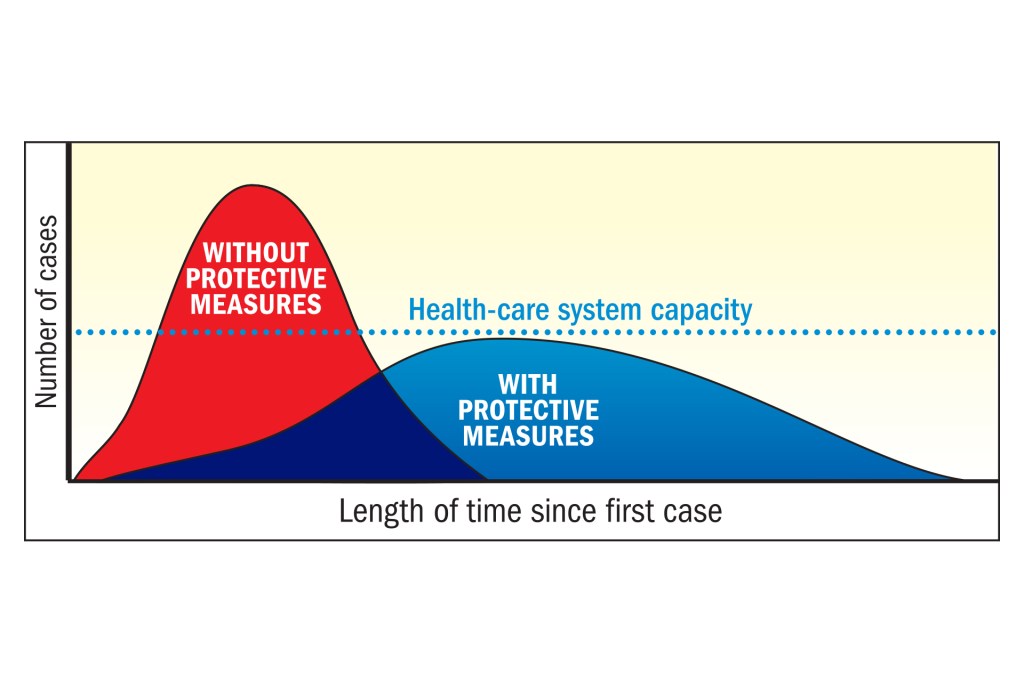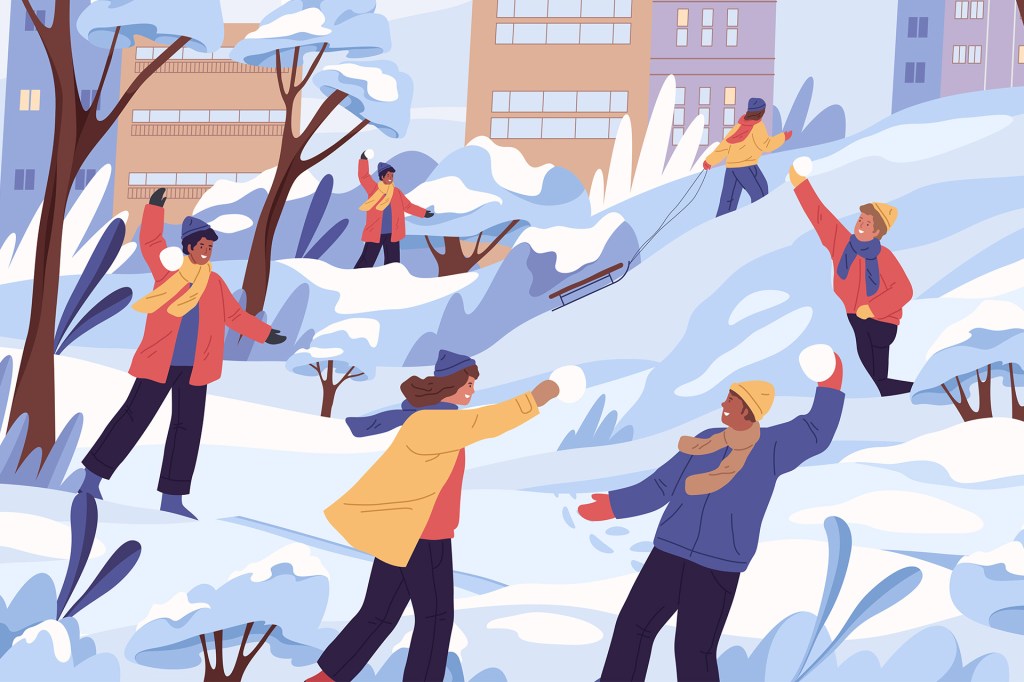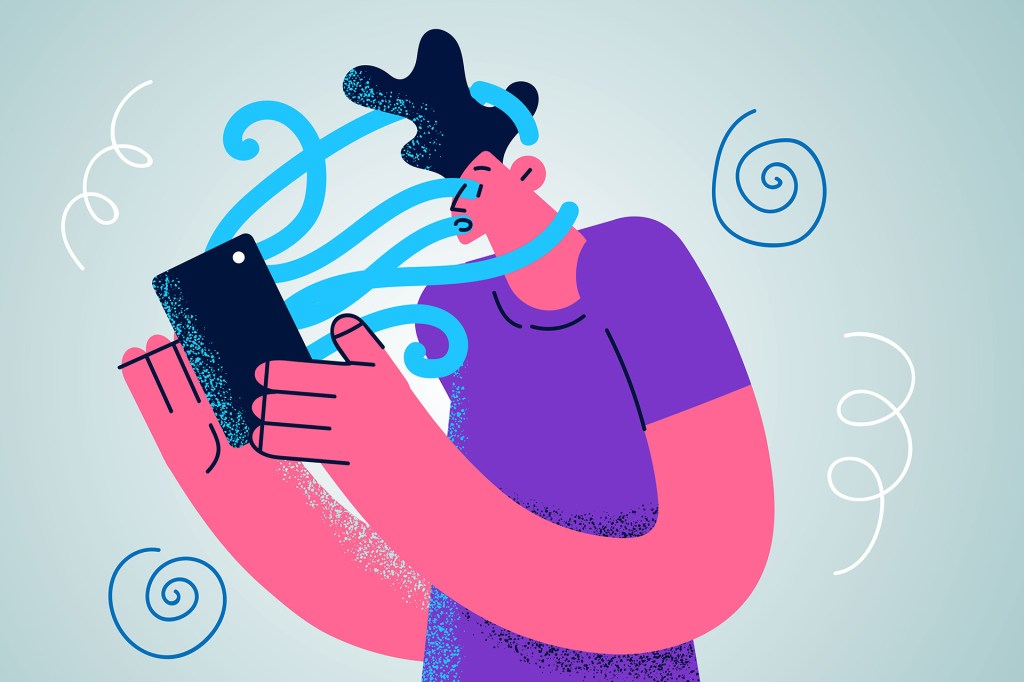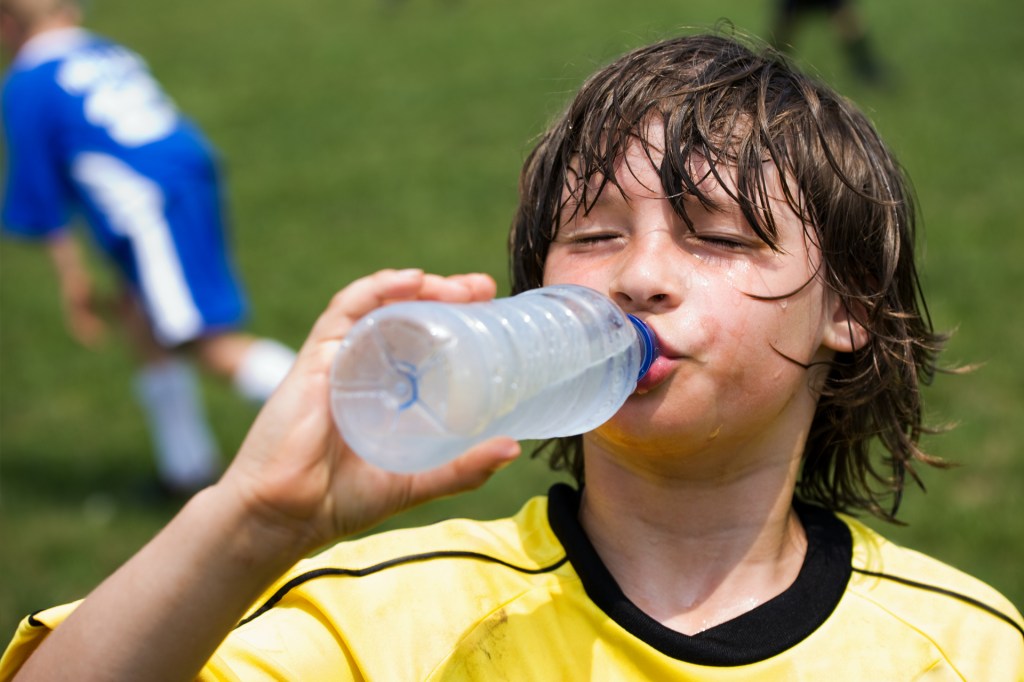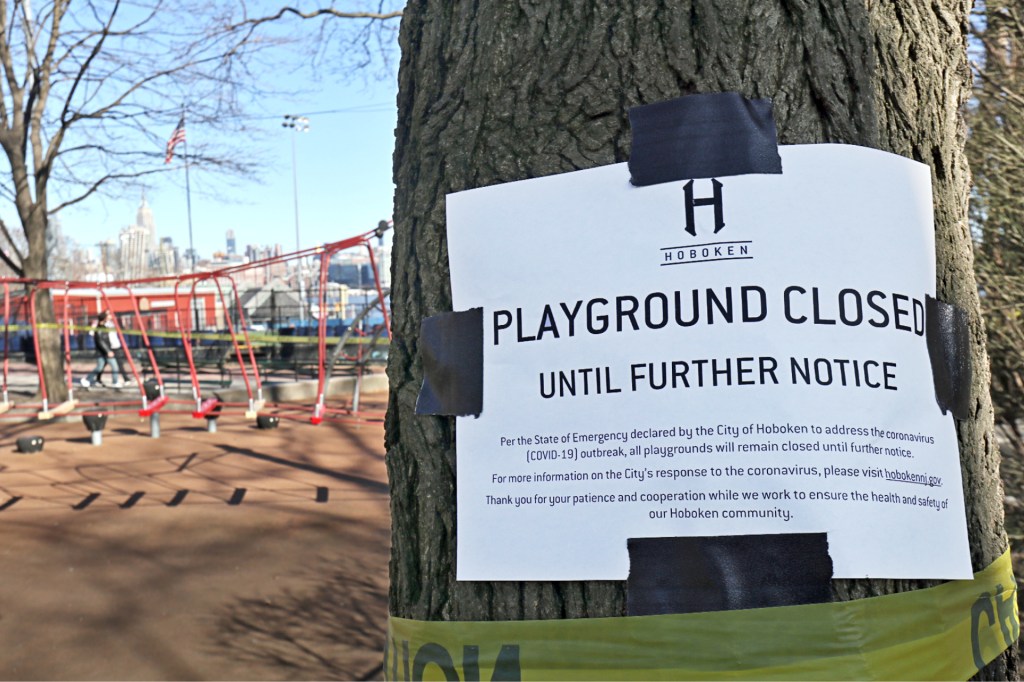
To limit the spread of COVID-19, health experts say people should practice social distancing. But what does that really mean?
Social distancing means “avoiding mass
mass
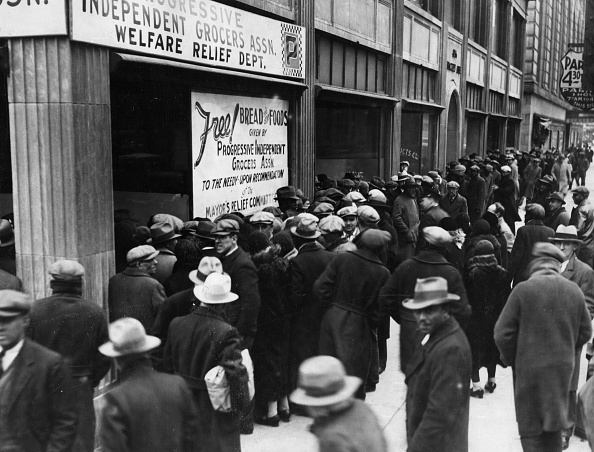 TRANSCENDENTAL GRAPHICS/GETTY IMAGES
involving many people
(adjective)
During the Great Depression, there was mass unemployment in the U.S.
gatherings” and “maintaining distance.” That’s according to the U.S. Centers for Disease Control and Prevention. Even people who are six feet apart from one another can spread the virus. They can do so through droplets from coughs and sneezes. Social distancing limits the chances of that.
TRANSCENDENTAL GRAPHICS/GETTY IMAGES
involving many people
(adjective)
During the Great Depression, there was mass unemployment in the U.S.
gatherings” and “maintaining distance.” That’s according to the U.S. Centers for Disease Control and Prevention. Even people who are six feet apart from one another can spread the virus. They can do so through droplets from coughs and sneezes. Social distancing limits the chances of that.
Dr. Susy Hota is an infectious-disease specialist. She’s at the University of Toronto, in Canada. “Social distancing is a very general term,” she says. “There are a bunch of different types of measures that can fall under it.” These include learning from home instead of at school and canceling playdates and sports events.
Denise Rousseau works at Carnegie Mellon University. That’s in Pittsburgh, Pennsylvania. She says many people can’t stay home all the time, even during a disease outbreak. “People have lives that they need to continue to live,” Rousseau says. By keeping space between themselves and others, people “can reduce the likelihood that the virus can be transferred
transfer
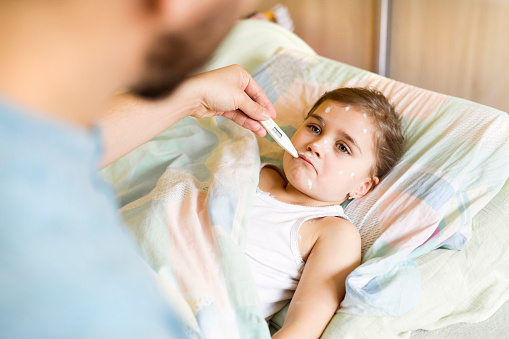 WESTEND61—GETTY IMAGES
to pass from one person or place to another
(verb)
I transferred my chickenpox to my little sister.
,” she says (see “Flattening the Curve,” below).
WESTEND61—GETTY IMAGES
to pass from one person or place to another
(verb)
I transferred my chickenpox to my little sister.
,” she says (see “Flattening the Curve,” below).
Hota and Rousseau know it can be hard to keep away from others sometimes, such as on public transportation. In these cases, social distancing means doing the best you can.
Stop and Think! Why is it important to hear from experts during an emergency? How does information from experts help limit the spread of misinformation?





